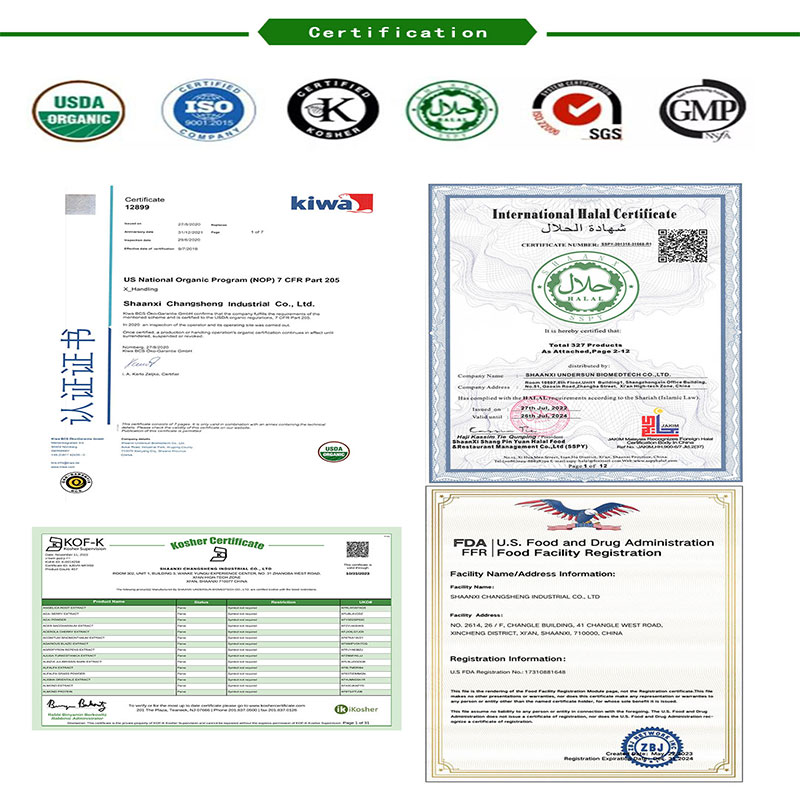Free-range Chaiji in the orchard can not only prevent pests and diseases of fruit trees, but also remove weeds under the fruit trees, increase the content of soil organic matter, improve the aggregate structure, and increase fruit quality and added value. If you want to open an orchard free-range chicken project, you should have a certain level of expertise.
Orchard construction
1. Make a plan for raising chickens at the beginning of the park. Choose a plot that is pollution-free, away from villages and main roads, and has a slightly higher terrain to build the park. Before the seedlings are planted, reserve a leeward, sunny, dry land for the construction of the chicken shed in the later period. It is not advisable to stock domestic chickens at the young tree stage, and then stock chickens after 3 years of growth.
2. The orchard should be combined with grass growing when building the garden. For grass varieties, you can choose the more cost-effective salvage cabbage. The plant type is low, negative and adaptable, resistant to diseases and insects, drought and waterlogging, and is very suitable for grass growing in orchards. You can also choose other varieties.
Build chicken coop
1. The location of the chicken coop. It can be built according to the open space reserved when the park is built, but it should have animal epidemic prevention conditions.
2. Construction of the shed. The construction of chicken coops should be as simple as possible and the principle of not destroying the land. Pay attention to heat preservation in winter, and the area depends on the size of the orchard and the scale of breeding.
Feeding management
1. Management of domestic chicken brooding stage
Choice of brooding time. Ecological free-range chickens are seasonal, and they usually enter the chicks from March to April. Production starts in autumn, the temperature is suitable, and the peak period of egg production is around Mid-Autumn Festival and National Day. After the New Year's Day and the Spring Festival, the demand increases, and at the same time, the selling price of the eliminated chicken is also higher.
Feeding management during brooding period. Brooding generally adopts the method of raising on the ground or on the net. Strictly control the temperature and humidity of brooding, and the appropriate temperature is the key to the success of brooding. At the same time, properly ventilate and keep the air in the brooding room fresh.
2. Timely cut feathers
Chaiji has a strong foraging ability and a wide range of activities. It likes to fly high and perch, pecking the skin and breaking leaves, which seriously affects the growth of fruit trees and the quality of fruit. After the main feathers on the wings are cut off from the roots, the flying ability of the Chaiji is reduced, which avoids perching on trees, which is easy to manage and does not damage the fruit.
Pay attention to timely epidemic prevention
Since there are many fruit trees and vegetables in the orchard, pesticides are very toxic. If you don't pay attention, chickens will be poisoned by pesticides. Therefore, when fertilizing and spraying the orchard, the *** is to lock the chickens in the chicken coop, and release the chickens after the spraying work is completed at least 3 days.
In addition to pesticide hazards, the epidemic prevention of chickens themselves must be strictly implemented on time. The chicken coop should be disinfected regularly. If the chicken is found to have only symptoms, it should be isolated and treated as soon as possible to avoid large-scale cross-infection.
Disclaimer: Some articles on this website are transferred from the Internet. If the legal rights of a third party are involved, please inform this website for processing. phone
Introduction and application of sweeteners
Sweeteners are chemicals that are used to sweeten foods and beverages. The sweeteners we produce are active ingredients obtained from plants, and they are usually sweeter than sugar and contain fewer or no calories. Sweeteners can be used for people with diabetes, people on a diet and others who need to limit their sugar intake.
Common sweeteners include:1. sucrose alcohols: such as sorbitol, mannitol, and xylitol, which are about as sweet as sugar but have fewer calories.
2. Artificial sweeteners: such as aspartame, sodium saccharin, maltodextrin, etc., which are much sweeter than sugar, but contain no calories.
Sweeteners are used in a wide range of applications, and common applications include
1. beverages: such as cola, fruit juice, tea drinks, etc.
2. food products: such as chocolate, candy, cookies, etc.
3. condiments: such as sweet sauces, salad dressings, etc.
4. pharmaceuticals: such as oral liquid, capsules, etc.


Natural Sweeteners,Monk Fruit Extract,Sweetener Powdered,Health Sweetener
Shaanxi Changsheng Industrial Co., Ltd. , https://www.cncsbio.com